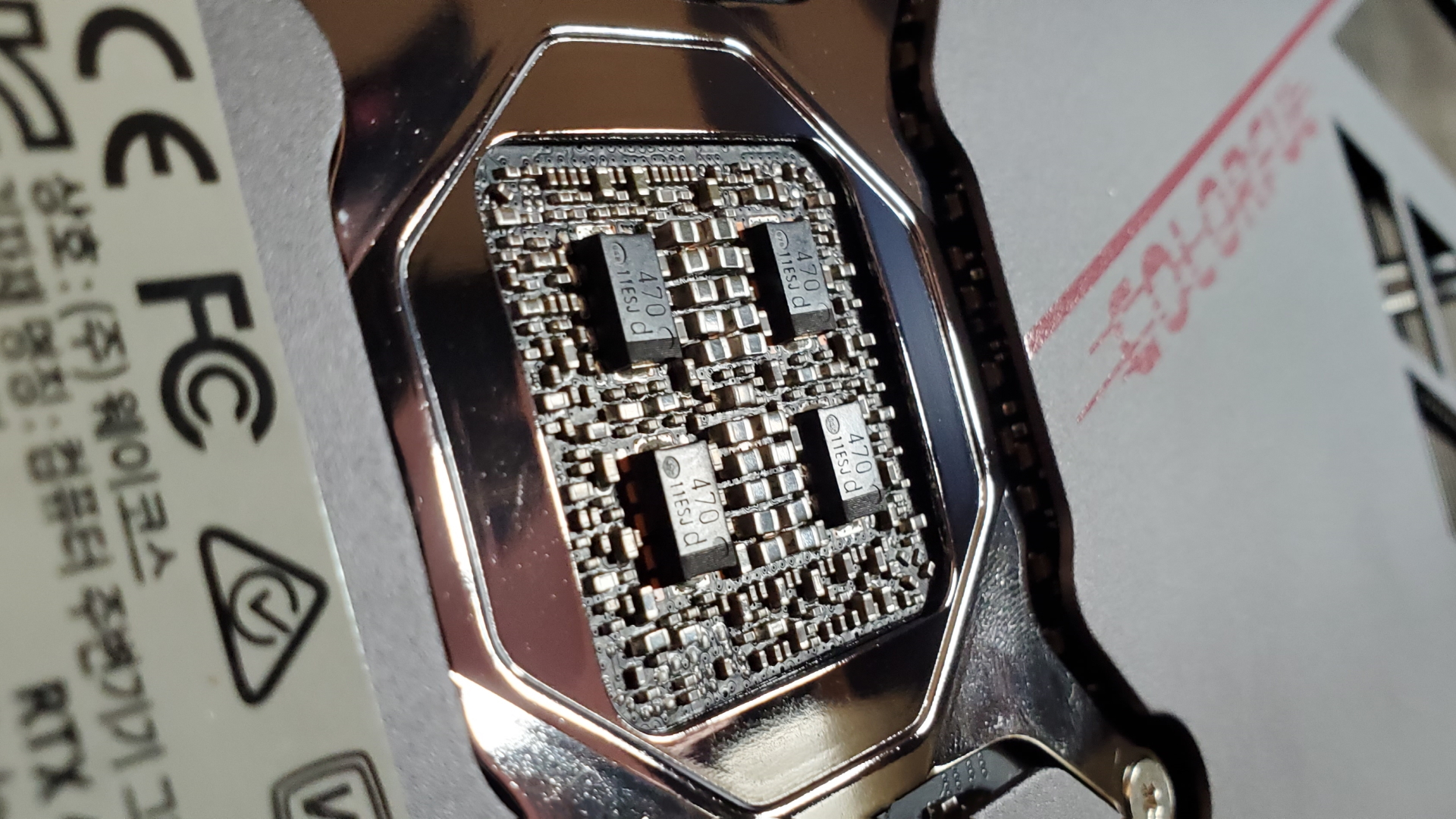US Gov sanctions won't impact Nvidia's RTX 4090D shipping to China (updated)
The clarified US government sanctions had been misinterpreted as impacting Nvidia's RTX 4090D GPU, but this is not the case.

Correction 4/4/24: We've received clarification from Nvidia that export controls placed on systems will not impact Nvidia's ability to export or sell the RTX 4090D in China. Nor has the US government regulation changed. The article has been corrected to reflect this.
A document recently published by the US government clarifies sanctions on the level of system performance allowed to be exported to China by US companies. This information, which notes regulation affecting hardware with adjusted peak performance above 70 "weighted TeraFLOPS", had given rise to the incorrect assumption that two Nvidia products—the RTX 4090D, with 73.5 TFLOPS of compute performance; and H20, with 74—would be impacted. That is not the case, and the clarification by the US government does not amount to a change to the regulation.
The cited regulation covers systems, such as Nvidia's DGX H100, and not individual GPUs, like those found within the H20 and 4090D. That means Nvidia's ability to export these cards to China or other countries affected by export controls has not changed. Furthermore, the recent documentation had only served to clarify some information in the existing regulation.
The RTX 4090D, or 'Dragon', is a China-specific version of Nvidia's flagship RTX 4090 graphics card, first spotted late last year. It comes with a modified version of the AD102 GPU found in the standard RTX 4090, which results in reduced performance to meet strict export controls set by the US government to curb trade with the country.
Nvidia has been unable to sell the regular 'full-fat' RTX 4090 in China as a part of wider ban on high-performance GPUs and systems. The US regulation, which also affects trade with other countries, limits the export of many GPUs, including the A100, H100, H800, A800, L40 and L40S.
The clarification recently posted by the US government hasn't changed these regulations, only clarified certain definitions. The regulation uses "weighted teraflops" and "adjusted peak performance" (APP) to determine which products are banned and which aren't. The APP is impacted by a few key parameters, including the number of processors within a system and whether these have memory coherence, or, more plainly, are able to access the same pool of memory. Theoretical performance is also scaled and not 1:1 to a processor's measured TFLOPs. The DGX H100 system easily surpasses the 70 teraflop requirement following these rules—though would've been under export controls even prior to this—while the individual RTX 4090D does not. Even if the RTX 4090D were to be included in a larger system, the other requirements of this export control rule would mean it does not apply.
Whether a consumer GPU comes under export controls is down to its total processing performance (TPP) and performance density (TD), with the former required to be under a limit of 4,800. The TPP is calculated by doubling the highest compute throughput a GPU offers, regardless of data format, and then multiplying it by the bit size of the format used.
The biggest gaming news, reviews and hardware deals
Keep up to date with the most important stories and the best deals, as picked by the PC Gamer team.
The regular RTX 4090 is clearly over this 4,800 TPP limit, whereas the RTX 4090D comes in under it. Thus, it's able to be sold in China.
The US government has expressed a wish to keep a close watch on AI-capable hardware being sold within China for the foreseeable. US Commerce Secretary Gina Raimondo has been quoted as saying "If you redesign a chip around a particular cut line that enables them to do AI, I'm going to control it the very next day."
We had thought recent documents released by the US government had amounted to some sort of change to regulation to this effect, and would remove Nvidia's ability to sell RTX 4090D cards in China. That is, however, not the case.

Dave has been gaming since the days of Zaxxon and Lady Bug on the Colecovision, and code books for the Commodore Vic 20 (Death Race 2000!). He built his first gaming PC at the tender age of 16, and finally finished bug-fixing the Cyrix-based system around a year later. When he dropped it out of the window. He first started writing for Official PlayStation Magazine and Xbox World many decades ago, then moved onto PC Format full-time, then PC Gamer, TechRadar, and T3 among others. Now he's back, writing about the nightmarish graphics card market, CPUs with more cores than sense, gaming laptops hotter than the sun, and SSDs more capacious than a Cybertruck.

